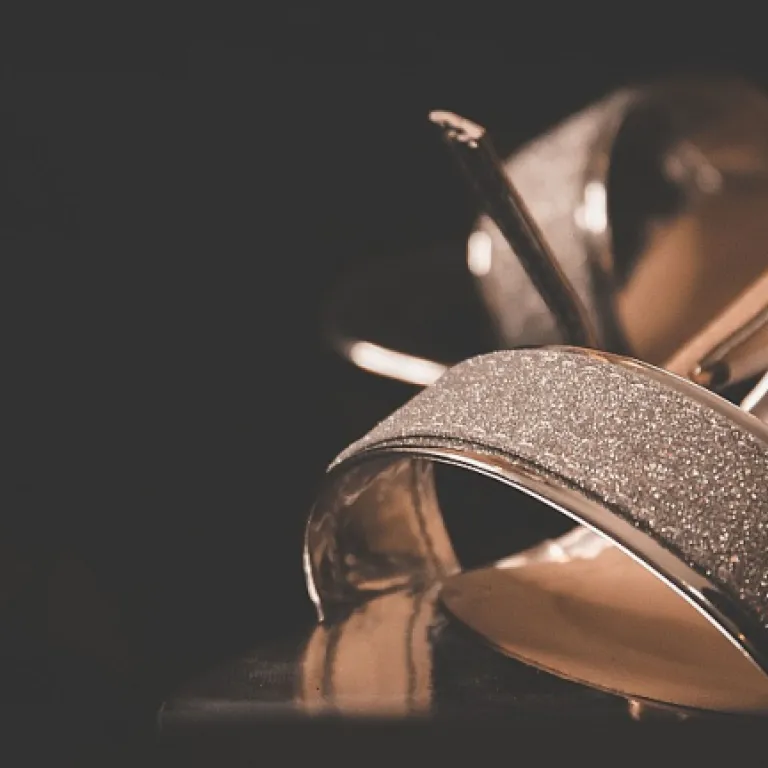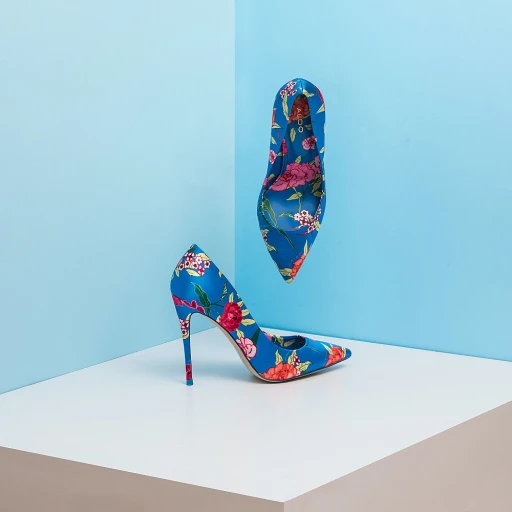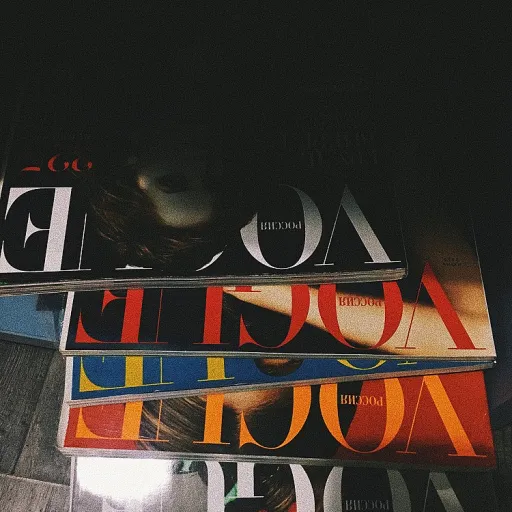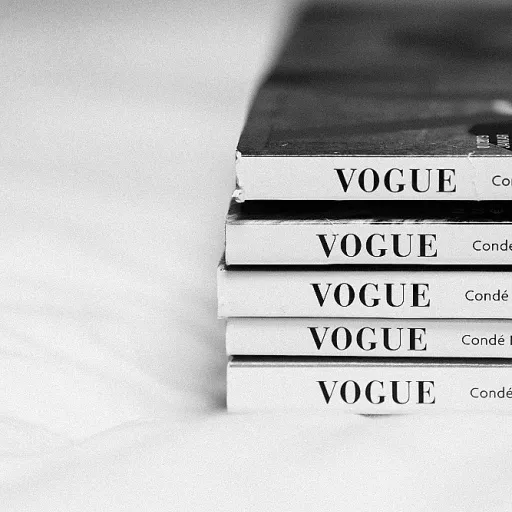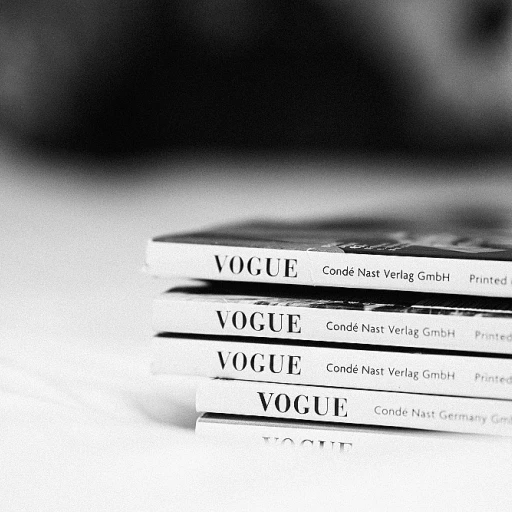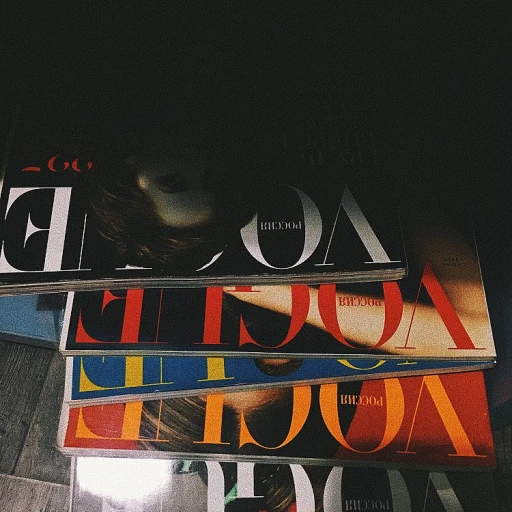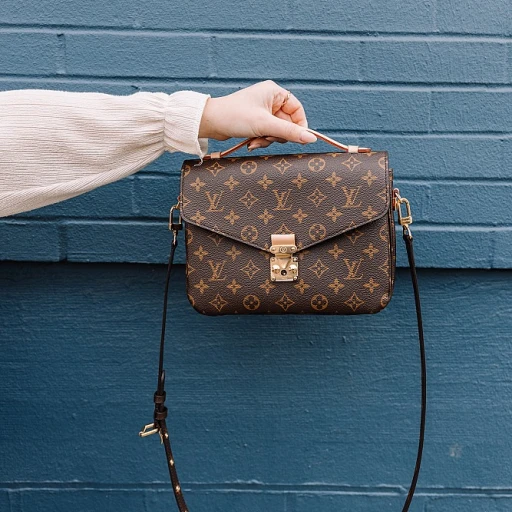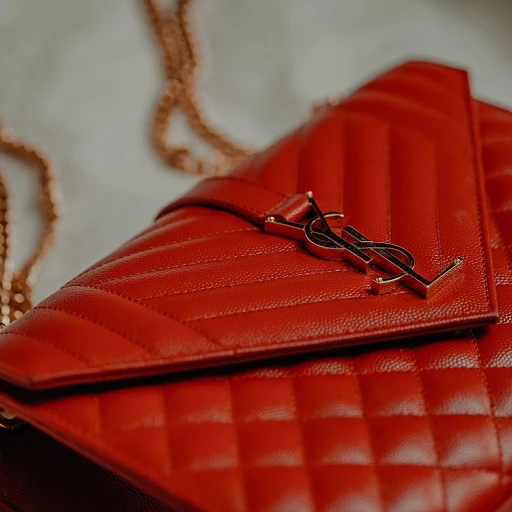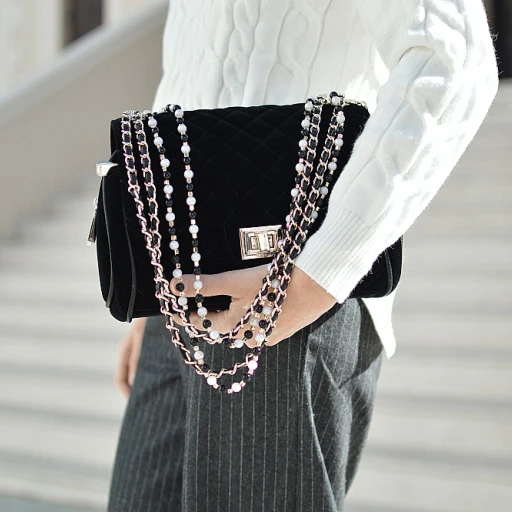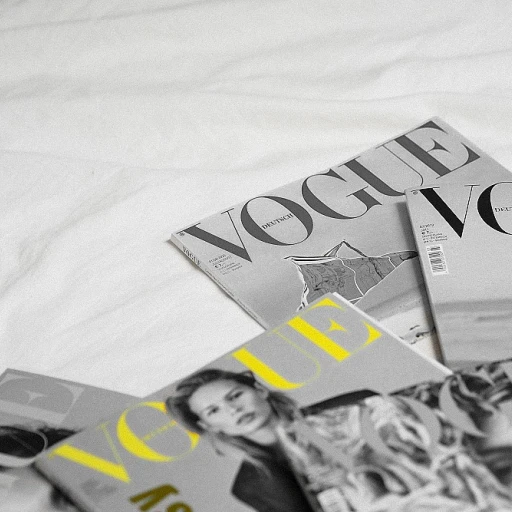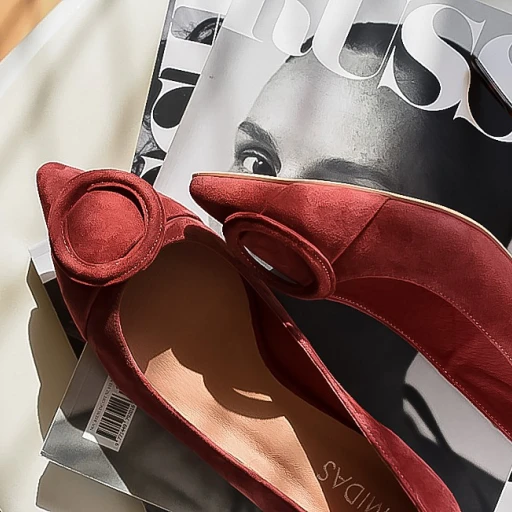
Understanding Belt Measurements
Decoding the Measurements for the Perfect Belt Fit
When it comes to selecting the ideal belt for your wardrobe, understanding belt measurements is crucial. Unlike clothing sizes, belt sizes are based on your waist measurement in inches, often leading to confusion for many women. Knowing exactly how to translate these figures into the perfect belt, however, can significantly streamline your shopping experience.
Belt sizing typically involves the total length from the buckle to the middle hole. This middle hole should be the primary focus as it ensures a comfortable fit, allowing for both tightening and loosening as needed. Leather belts and belts women in various styles may have slight differences in how they position the middle hole, influencing the overall fit.
Most brands recommend choosing a belt size two inches larger than your waist size. For example, if your waist measurement is 30 inches, a 32-inch belt might be the best fit. However, individual preferences for wear and specific styles can also dictate these measurements, making it essential to know both your waist and hip dimensions accurately.
Using a tape measure, you can find the most comfortable position for your buckle belt. This might be at your natural waist or at the point where you habitually wear your belt. It's wise to note how different styles of belts—whether they are thin or wide—might require slight adjustments in length for a perfect fit.
Explore more about combining belts with other wardrobe essentials.Choosing the Right Belt Style
Finding Your Signature Belt Style
When it comes to selecting the perfect belt for your wardrobe, the options are as diverse as the women who wear them. From classic leather belts to trendy wide buckles, finding a style that complements your personal aesthetic is key. Understanding how different belt styles can accentuate or contrast with your outfits is essential. Consider these factors when browsing for your next addition:- Material Matter: Leather belts offer timeless elegance and durability, making them a staple in many wardrobes. Alternatively, consider fabric or elastic options for a more relaxed or casual look.
- Color Coordination: A neutral-toned belt will seamlessly fit with most items in your closet. However, don't shy away from bold colors or patterns to add a statement flair to simpler outfits.
- Width and Function: Wide belts work wonders in defining the waist and adding a touch of drama to a dress. On the flip side, thinner belts provide subtlety, perfect for office wear or relaxed weekends.
- Buckle Appeal: The buckle is more than just a functional aspect; it’s the centerpiece of your belt. Whether you are drawn to oversized, metallic designs or prefer minimalistic, hidden closures, the buckle can make or break the look.
Measuring Your Waist or Hips
Achieving Accurate Measurements
Ensuring that your belt fits just right revolves around getting precise measurements. This process might seem straightforward, but it's crucial for finding that perfect belt. Here's a step-by-step guide to help you measure correctly, ensuring your belt complements your outfit, be it a sleek leather belt or a contemporary wide style.
First, decide whether you'll wear your belt at your waist or hips, as this influences the size significantly. For waist belts, wrap a tape measure around your natural waistline, typically located an inch above your belly button. For hip belts, measure around the point where your jeans or trousers sit.
Once you've determined your waist size, it's essential to add inches to account for comfort and adjustability features like the buckle middle hole. Typically, two additional inches will provide a comfortable margin, ensuring your belt isn't too tight or loose. For instance, if your waist measures 28 inches, consider opting for a belt tagged 30 inches for a perfect fit.
Leather belts, often unforgiving due to their rigidity, require even more precision. Unlike fabric or elastic belts, once stretched, leather doesn’t revert easily. Thus, ensuring that you measure carefully is pivotal to avoid common pitfalls in belt sizing.
It can be tempting to align yourself with belt sizes used by men, but always remember that the naturally different body compositions of women and men mean their belts will have inherently different standards.
Armed with your measurements, picking your desired belt size becomes easier. If you wish to explore more about how different accessories can accentuate your style, consider reading about elevating your style on our blog.
Common Sizing Mistakes to Avoid
Typical Sizing Mistakes to Steer Clear Of
When it comes to women belt sizing, it's important to be cautious of common mistakes that can prevent you from achieving that perfect fit. Here, we highlight a few pitfalls to avoid in your quest to find the perfect belt size.- Ignoring Belt Width: A common oversight many make is not considering the width of the belt. Not all belts are created equal; some may be wide and some slim. A wider leather belt will need more inches to sit comfortably, particularly if worn over bulky clothing. Make sure to measure the width preferences in inches or centimeters to align with your waist measurement correctly.
- Relying Solely on Pant Size: A frequent error women make is assuming their belt size matches their pant size. Women belt sizes are not always in sync with clothing sizes. Always use a tape measure to measure your waist or hips rather than guessing based on pant sizes to ensure a suitable fit.
- Overlooking the Buckle’s Impact: The buckle can add significant length to a belt. When measuring belts, remember that the buckle size and its position can affect where the belt fits. Aim for the buckle middle hole for the most versatile use.
- Incorrect Hole Positioning: Using the right middle hole is crucial for finding the perfect belt style. Too tight or too loose a placement can disrupt comfort and style. Make sure to examine the leather belt holes carefully when choosing a belt.
Adjusting and Customizing Belts
Adjusting Your Belt for the Perfect Fit
Finding the perfect belt size is just the beginning. Once you've chosen the right belt style and measured your waist or hips accurately, it's time to ensure your belt fits perfectly. Here's how you can adjust and customize your belts for that ideal fit.
Utilizing Belt Holes and Buckles
Most belts come with multiple holes to accommodate different waist sizes. The goal is to fasten the buckle at the middle hole, which provides the most flexibility for adjustments. If your belt is too long, consider adding extra holes using a leather punch tool. This allows for a more tailored fit without compromising the belt's integrity.
Customizing Leather Belts
Leather belts are a staple in many wardrobes, known for their durability and classic appeal. However, they can sometimes be stiff or too wide. To soften a leather belt, gently roll it up and leave it overnight. This helps in breaking in the leather, making it more comfortable to wear. If the belt is too wide for your belt loops, consider trimming it down, but ensure you measure carefully to maintain the belt's proportions.
Adjusting Belt Sizes for Different Outfits
Different outfits may require different belt sizes. For instance, a high-waisted skirt might need a tighter fit compared to a pair of low-rise jeans. Always keep a tape measure handy to ensure your belt size matches your outfit's waist size. This way, you can achieve a seamless look that complements your style.
Exploring Adjustable Belts
For those who frequently fluctuate in size or prefer a more versatile option, adjustable belts are a great choice. These belts often come with a sliding buckle mechanism, allowing you to easily adjust the fit without the need for additional holes. They are perfect for women who want a belt that adapts to their changing body or wardrobe needs.
By taking the time to adjust and customize your belts, you ensure a perfect fit that enhances your overall look. Remember, the right belt not only holds your outfit together but also adds a touch of personal style.
